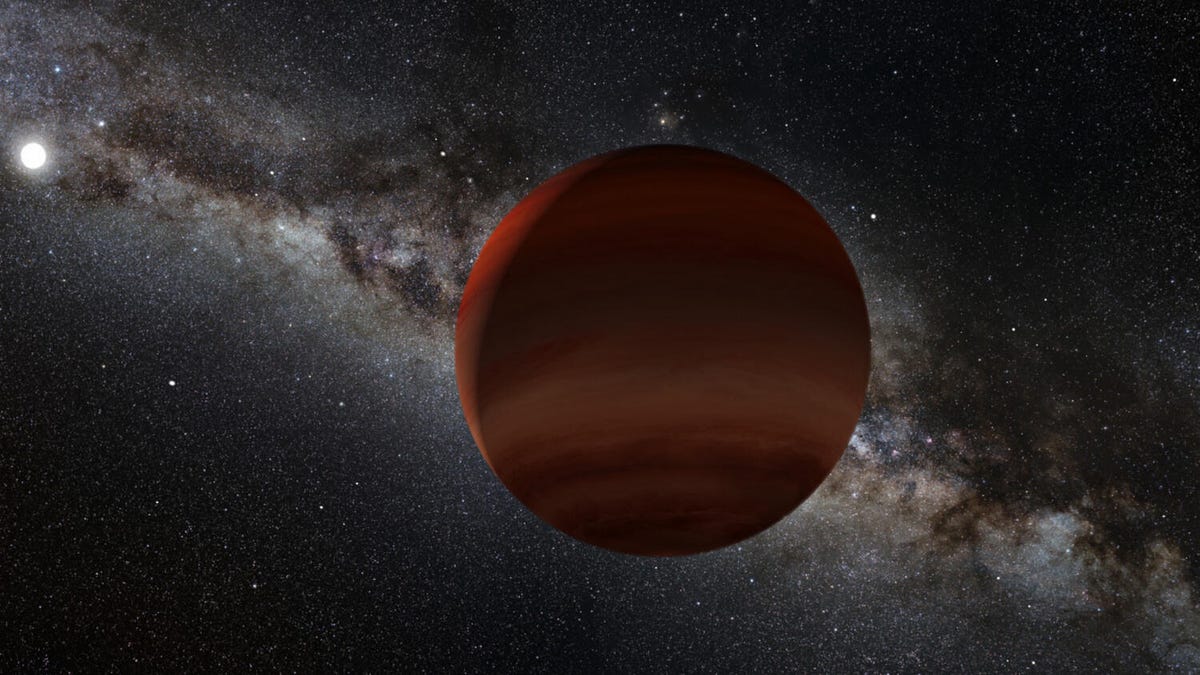Citizen scientists spot 95 cool new 'backyard worlds' in our cosmic neighborhood
Some of these brown dwarfs sport almost Earth-like temperatures.

This illustration depicts a brown dwarf spotted by citizen scientists working on the Backyard Worlds: Planet 9 project.
Go ahead and wave out into the universe. We should make our 95 newly discovered brown dwarf neighbors feel welcome.
The NASA-funded Backyard Worlds: Planet 9 project harnessed the volunteer powers of citizen scientists to comb through satellite and space telescope data in search of new space objects we've previously missed. They found a lot.
A paper set to publish this week in the Astrophysical Journal details 95 cool brown dwarfs uncovered by the project.
Brown dwarfs, sometimes called "failed stars," exist in a netherworld between planets and stars. "Lacking the mass needed to sustain nuclear reactions in their core, brown dwarfs resemble cooling embers," said the National Science Foundation NOIRLab in a release on Tuesday.
Some of the brown dwarfs spotted in the data have temperatures near those found on Earth and could even have water clouds. Those cool temperatures also make these particular brown dwarfs hard to find. The project volunteers dug through telescope images looking for pixels that indicated the movement of the space objects.
"Despite the abilities of machine learning and supercomputers, there's no substitute for the human eye when it comes to scouring telescope images for moving objects," NASA said in a release on Tuesday. Twenty of those citizen scientists are listed as co-authors on the paper. NASA called it "the largest published sample of these objects ever discovered through a citizen science project."
These brown dwarfs are close enough to our solar system to be considered part of our cosmic neighborhood. "This paper is evidence that the solar neighborhood is still uncharted territory and citizen scientists are excellent astronomical cartographers," said co-author Jackie Faherty, an astronomer with the American Museum of Natural History.
This might be a good time to make a nod to Mr. Rogers: It's a beautiful day in the cosmic neighborhood.

